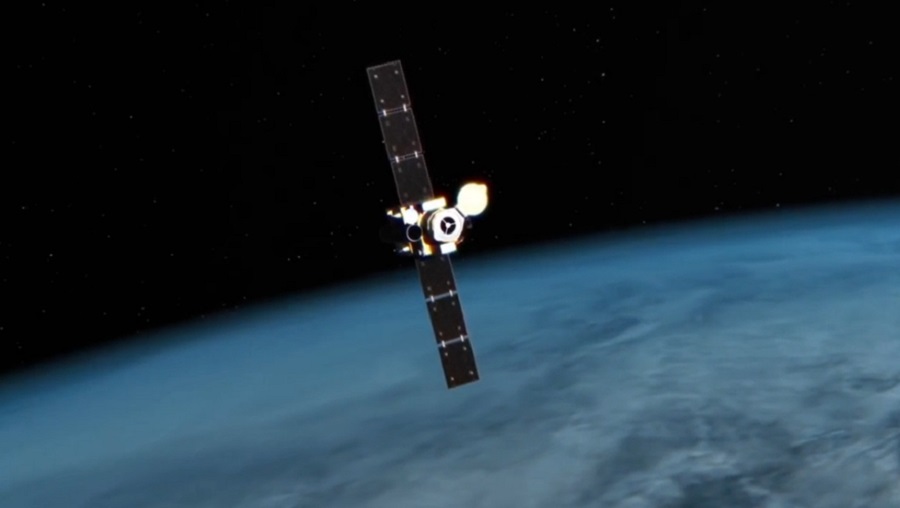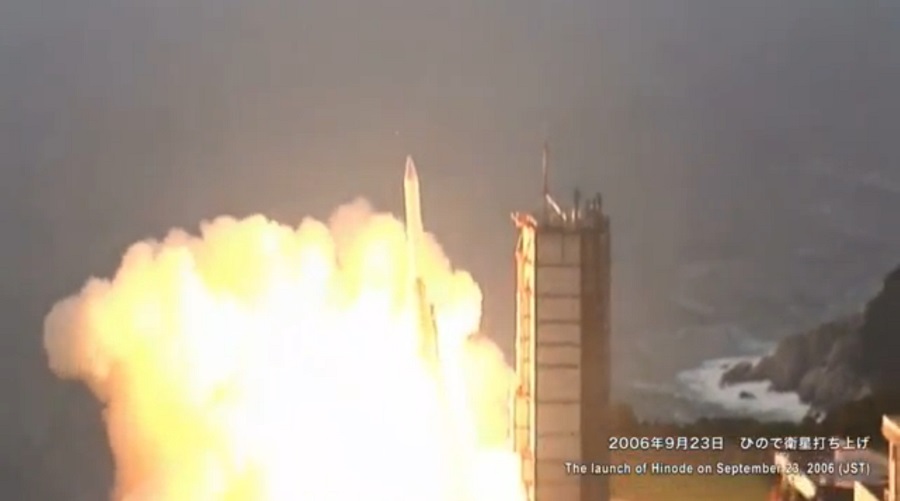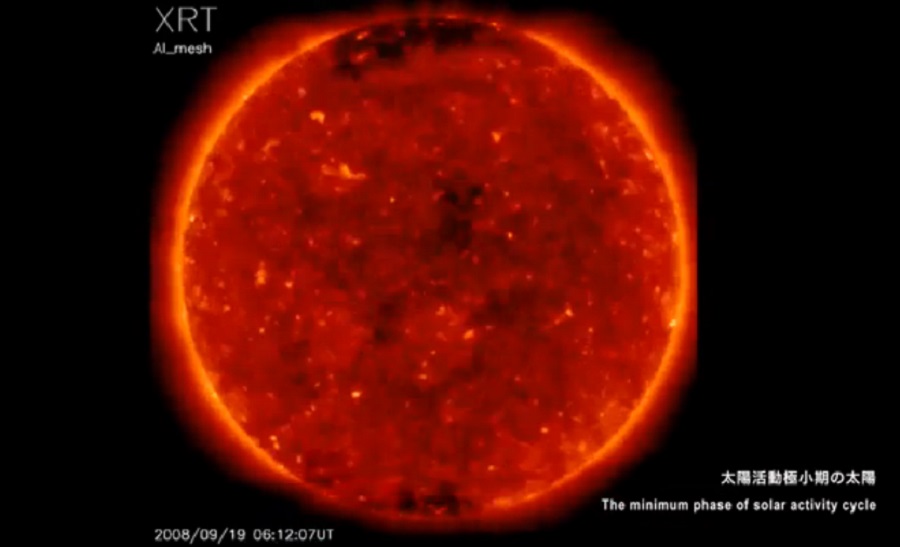Hinode turns ten this September. Hinode is a Japanese observatory satellite, which has delivered the most amazing pictures of the Sun, such as reel of flares, transits, eruptions and more, since its launching. And It has been in the space for ten years.
Here are some facts about it.
1. Hinode is a Japanese mission developed satellite launched by ISAS/JAXA.

2. It was launched on September the 26th 2006.

3. Hinode is not only a Japanese domestic satellite, as it has many international partners such as NASA and STFC (UK).

4. Hinode really is an international satellite. It was developed in international conjoint, and it’s operated in cooperation with ESA and NSC (Norway).

5. Hinode is located at an approximated altitude of 680 km, and as it studies the Sun, it follows a circular orbit.

6. The satellite’s mission is to study the impact of the Sun on the Earth.

7. The different countries that made part of the functioning of the satellite have different responsibilities. The satellite systems were developed by JAXA and Mitsubishi Electric Corporation.

8. The large solar optical telescope (SOT) was jointly developed by the United States and Japan.

9. JAXA and the National Astronomical Observatory of Japan worked on the telescope optics, and the U.S. National Aeronautics and Space Administration (NASA) developed the focal-plane package (FPP).

10. NASA provided grazing-incidence mirror optics, while JAXA provided the CCD camera. These made this awesome Sun images we can now see.

11. The satellite has a specific aim, which is to reveal some of the mysteries and mechanisms that take place in the solar corona.

12. Hinode is awesomely equipped to measure magnetic fields in the solar atmosphere and corona.

13. This equipment helps to predict how solar events affect Earth. It will lead to a better interest and understanding of solar activity on Earth.




Loading…